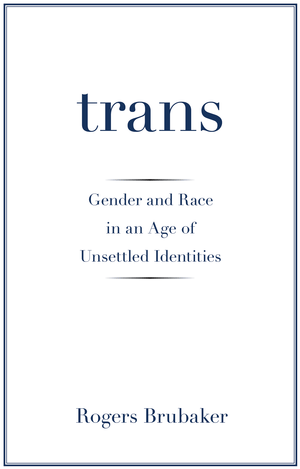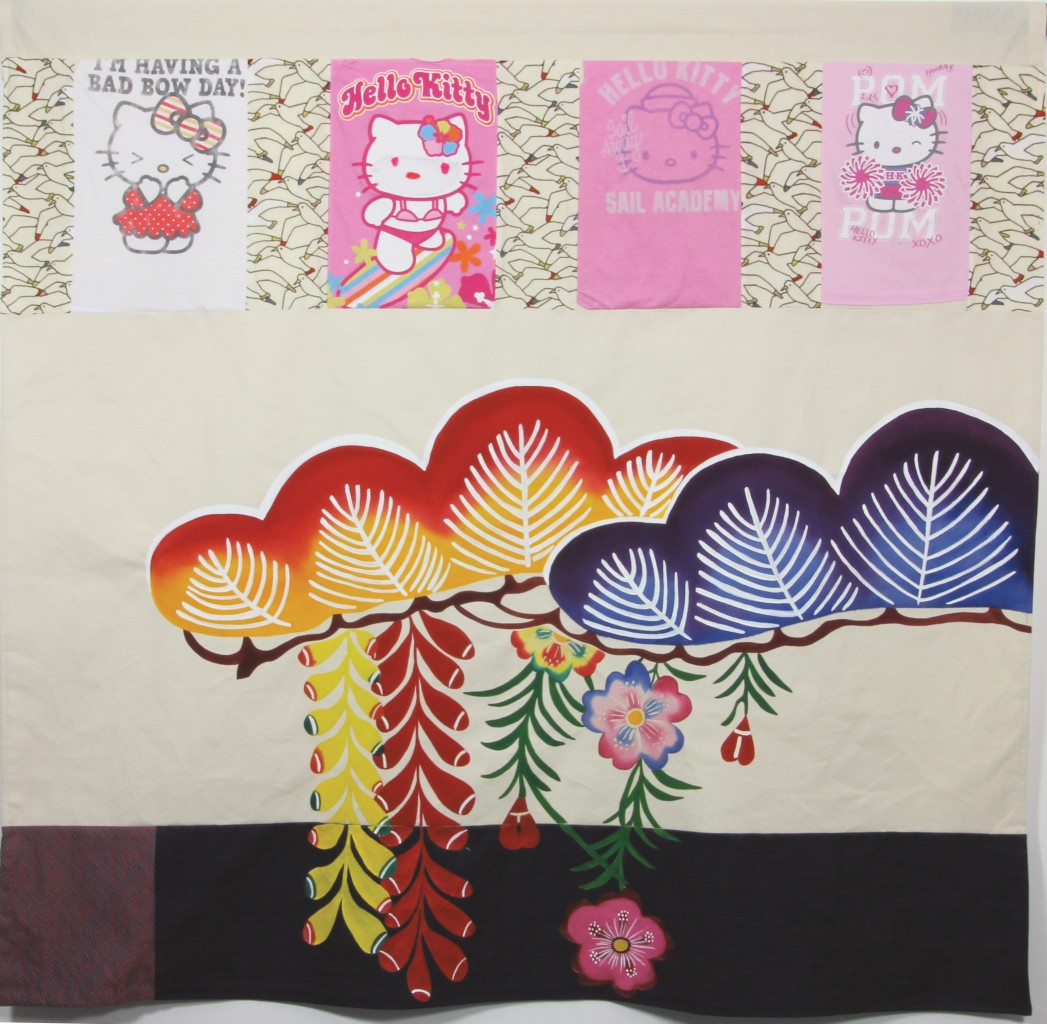Trans: Gender and Race in an Age of Unsettled IdentitiesPosted in Books, Gay & Lesbian, Media Archive, Monographs, Social Science on 2016-09-29 00:41Z by Steven |
Trans: Gender and Race in an Age of Unsettled Identities
Princeton University Press
2016-09-27
256 pages
5 1/2 x 8 1/2
Hardcover ISBN: 9780691172354
eBook ISBN: 9781400883233
Rogers Brubaker, Professor of Sociology
University of California, Los Angeles
In the summer of 2015, shortly after Caitlyn Jenner came out as transgender, the NAACP official and political activist Rachel Dolezal was “outed” by her parents as white, touching off a heated debate in the media about the fluidity of gender and race. If Jenner could legitimately identify as a woman, could Dolezal legitimately identify as black?
Taking the controversial pairing of “transgender” and “transracial” as his starting point, Rogers Brubaker shows how gender and race, long understood as stable, inborn, and unambiguous, have in the past few decades opened up—in different ways and to different degrees—to the forces of change and choice. Transgender identities have moved from the margins to the mainstream with dizzying speed, and ethnoracial boundaries have blurred. Paradoxically, while sex has a much deeper biological basis than race, choosing or changing one’s sex or gender is more widely accepted than choosing or changing one’s race. Yet while few accepted Dolezal’s claim to be black, racial identities are becoming more fluid as ancestry—increasingly understood as mixed—loses its authority over identity, and as race and ethnicity, like gender, come to be understood as something we do, not just something we have. By rethinking race and ethnicity through the multifaceted lens of the transgender experience—encompassing not just a movement from one category to another but positions between and beyond existing categories—Brubaker underscores the malleability, contingency, and arbitrariness of racial categories.
At a critical time when gender and race are being reimagined and reconstructed, Trans explores fruitful new paths for thinking about identity.
Table of Contents
- Preface
- Acknowledgments
- Introduction
- Part One: The Trans Moment
- 1. Transgender, Transracial?
- “Transgender” and “Transracial” before the Dolezal Affair
- The Field of Argument
- “If Jenner, Then Dolezal”: The Argument from Similarity
- Boundary Work: The Argument from Difference
- 2. Categories in Flux
- Unsettled Identities
- The Empire of Choice
- The Policing of Identity Claims
- The New Objectivism
- 1. Transgender, Transracial?
- Part Two: Thinking with Trans
- 3. The Trans of Migration
- Unidirectional Transgender Trajectories
- Reconsidering “Transracial”
- Transracial Trajectories, Past and Present
- 4. The Trans of Between
- Transgender Betweenness: Oscillation, Recombination, Gradation
- Racial and Gender Betweenness
- Recombinatory Racial Betweenness: Classification and Identification
- Performing Betweenness
- 5. The Trans of Beyond
- Beyond Gender?
- Beyond Race?
- Conclusion
- 3. The Trans of Migration
- Notes
- Bibliography
- Index





